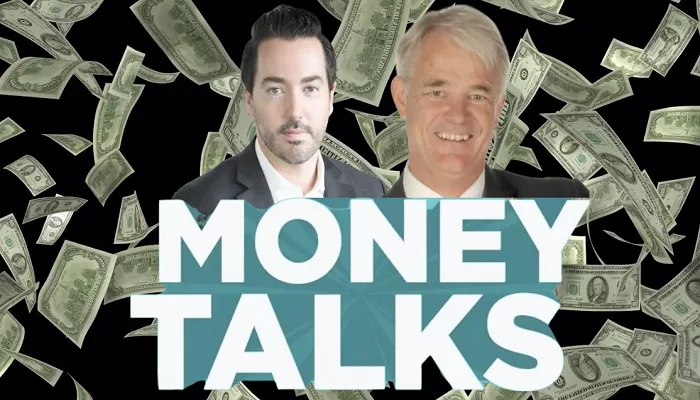If the US dollar weakens against the Singapore dollar, should you buy it even if you’re not traveling soon? And what happens if the exchange rate falls sharply?
In this week’s episode of Money Talks, Khoon Goh, head of Asia research at ANZ, breaks down the basics of currency exchange and shares insights on when to convert money.
Andrea Heng, host, asks:
“One of our previous guests said he exchanged a large sum of yen when it dropped and kept it in his multi-currency app. What are the advantages and drawbacks of doing this?”
Khoon Goh replies:
“It makes sense to buy a currency at a favorable rate, especially if you have a trip planned and will use it. However, the downside is that the rate could improve even more after you convert. Also, with multi-currency wallets, you don’t earn interest on your funds. If you keep your Singapore dollars in a savings account, you at least earn some interest, though it may be small.
So there’s an opportunity cost — the potential lost interest and the chance to get better rates later. But at the same time, rates can move back, and my advice is not to have regrets. If you’re converting money, do so at a rate you’re comfortable with and plan to spend.”
Andrea then asks:
“How do you know when is a good time to exchange? Is it when everyone says the US dollar has dropped and urges you to convert? Or is there a reliable gauge to follow?”
Khoon answers:
“Currency movements are influenced by many factors. But if you’ve already committed to a trip, even a two to five percent change in exchange rates is usually not significant enough to worry about.”
In summary, Khoon suggests that while timing currency conversion can matter, for most travelers small fluctuations won’t make a big difference. The key is to convert at a rate you are comfortable with, especially when you have a planned use for the funds.


